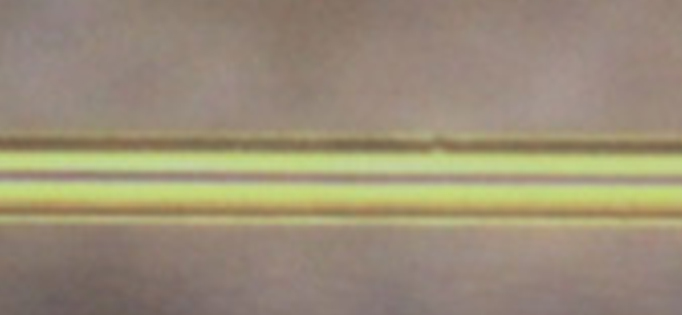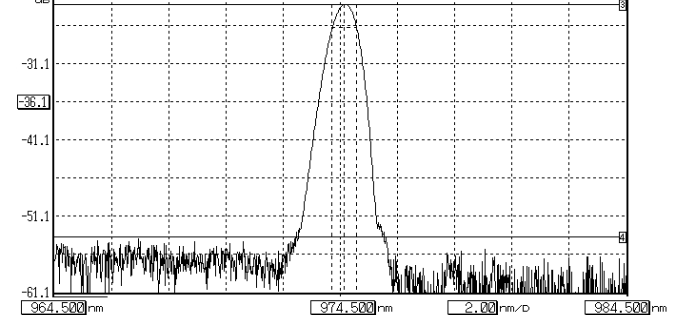
When it comes to optical temperature sensor working principle, DTS distributed optical fiber sensing temperature measurement devices mostly use optical time domain or frequency domain reflection technology to calculate the temperature at different points in the temperature measurement optical cable, so as to reflect the real-time operating temperature of the cable by optical fiber temperature measurement. Monitoring background and other components by temperature measurement using optical fiber. Since the reflected light is more sensitive to temperature changes, the temperature-measuring cable can transmit the light signal reflected back along the temperature-measuring cable back to the temperature-measuring host while sensing the temperature. Using the principle of optical time domain reflection, the temperature point position and temperature value are calculated, and finally the real-time temperature field within the coverage area of the temperature measuring cable is obtained so that we can realize temperature measurement using optical fiber. For the electric power industry, with the continuous progress of detection technology in recent years, various DTS online monitoring systems have been widely developed.
Distributed optical fiber sensing temperature measurement systems are mostly based on the principles of optical fiber Raman scattering and optical time domain reflectometry to measure temperature. A laser pulse signal with a certain energy and width is injected into the fiber, and the scattered signal generated by its transmission in the fiber is continuous. The temperature change and position information of the scattering point can be used to obtain the temperature distribution of the entire fiber. Due to the weak intensity of back Raman scattered light waves, high-frequency signal acquisition and micro-signal processing technology are required. The temperature value of the temperature point, and the collected temperature data is transmitted to the computer system for data processing, showing the temperature value and change status of each temperature measurement point, and realizing the real-time monitoring and early warning of the cable temperature. Now you may have a clear understannding of fibre optic temperature sensor working principle.
( 1 ) Continuous distributed measurement
DTS fiber optic sensor is a real distributed measurement, which can continuously obtain measurement information along dozens of kilometers of temperature measuring fiber optic cable, and the false alarm and false alarm rate are greatly reduced. At the same time, real-time monitoring is realized.
( 2 ) Anti-electromagnetic interference, can work normally in high electromagnetic environment
The optical fiber itself is composed of quartz material and is completely electrically insulated; at the same time, the signal of the optical fiber sensor is carried by the optical fiber, which is intrinsically safe and free from any external electromagnetic environment interference.
( 3 ) Intrinsic lightning protection
Lightning often destroys a large number of electronic sensors. DTS fiber optic sensors can resist high voltage and high current shocks due to complete electrical insulation.
( 4 ) Long measurement distance, suitable for remote monitoring
The two outstanding advantages of optical fiber are the large amount of data transmitted and the small loss, which can realize remote monitoring of tens of kilometers without relaying.
( 5 ) High sensitivity and high measurement accuracy
Theoretically, the sensitivity and measurement accuracy of most optical fiber sensors are better than those of ordinary sensors, and the actual mature products have also proved this.
( 6 ) Long life, low cost and simple system
The material of DTS optical fiber is quartz glass, which has the characteristics of non-corrosion, fire resistance, water resistance and long service life, and can usually serve for 30 years. Taking into account the cost of the sensor itself and future maintenance costs, the use of fiber optic sensors can greatly reduce the final operating cost of the entire project.

